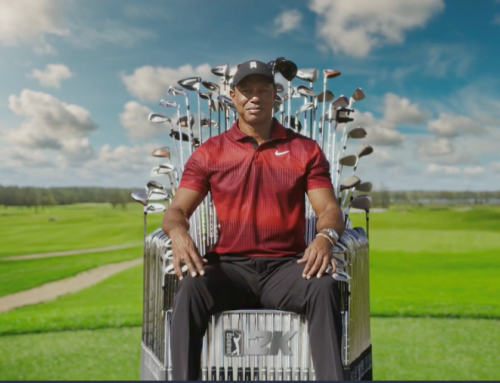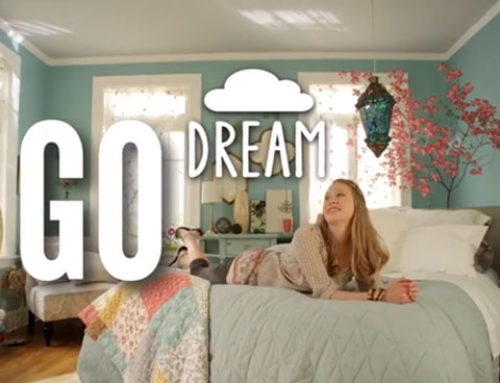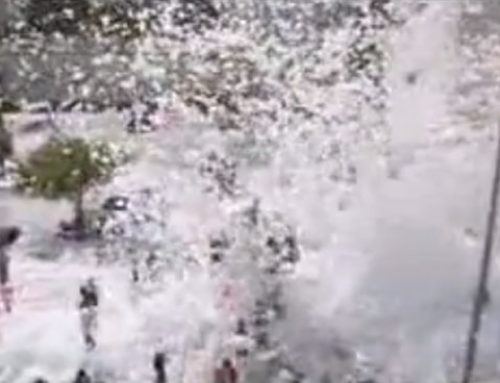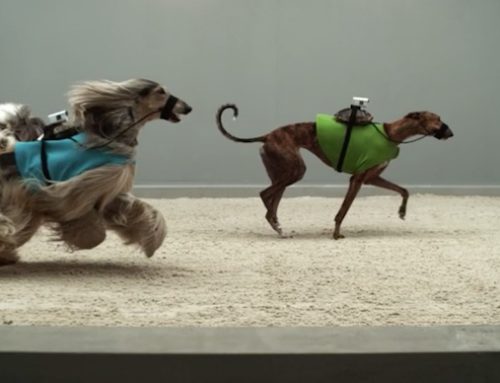Plot, actors, and costumes may take center stage, but props are an equally integral part of the film experience. Items placed around the set can be used in a variety of ways—most commonly to suspend disbelief and draw audiences into a particular time, place, and culture.
Props are used in films to:
- Add realism
- Move the story along
- Create suspense
- Evoke a mood
- Save money
- Identify place and time
- Give clues to identity
- Protect the actors
To add realism.
In some regard, all films mimic the world we live in—even if the film is set in outer space. No world exists in a vacuum. Decorating the set with plants, boulders, furniture, and personal items helps audiences believe in the authenticity of the plot and the characters. Props create and draw people into an experience.
To move the story along.
Props sometimes serve as transitions. For instance, repeatedly in the film “Snatch” the camera zooms in on Cousin Avi downing a tumbler of booze and a stamp pressing down on his passport, indicating he’s going to London. Spoiler Alert: in “Se7en,” a cardboard box (feasibly containing Gwyneth Paltrow’s head) was presented to Brad Pitt—the ultimate example of a prop used to drive the plot.
To create suspense.
The term “smoking gun” refers to an object that serves as evidence that a crime has been committed. In film, directors never show a gun without purpose. These shots are crafted to imply future use. Alfred Hitchcock, “the Master of Suspense,” used a number of suspenseful props in his works: a poisoned brandy glass in “The Lady Vanishes”; the key to the wine cellar in “Notorious”; the ring Charlie’s wearing in “Shadow of a Doubt”; the newspaper in “39 Steps.” By hovering over a prop for several seconds, audiences understand there is significance to gather in the moment.
To identify place and time.
Sometimes referred to as “mise-en-scene,” props are part of the surroundings of the film’s central action, used to create a definitive setting. If you saw a rolling tumbleweed, you’d know you’re in the Midwest. Saloon doors? The Wild West. A film set in Japan might feature bento boxes, lucky cat ceramics, parasols, tea kettles, samurai swords, or a white flag with the red circle of a sun. Collectively, props can also indicate a particular time. For instance, “Austin Powers” is very definitively set in the 1960s, which one can tell just by looking at the furniture before a single costumed character steps on set.
To evoke a mood.
Pictures of a child—now-deceased—still set up around the house can imply grief, sorrow, loneliness, and longing. A room filled with flickering candles, heavy red velvet drapes, and wine glasses may set the scene for romance. The zuni doll from a vignette in the “Trilogy of Terrors” sets an eerie mood—even before it comes to life.
To save money and hassle.
A Ming vase can sell for $10 million at auction—which is why it’s best to use a prop version if you’re Henry Jones, smashing it over Indy’s head in “The Last Crusade!” It can also be much cheaper to use a prop doll, rather than procure a real, live newborn baby. Fake food is used as much as possible to avoid constantly having to cook up dishes and keep them looking fresh.
To give clues to a character’s identity.
A room decorated with crosses, rosaries, icons, and a Bible provides clues that the character is very religious. On the other hand, a room filled with weapons can characterize a professional assassin. In “The Sandlot,” the step-father’s photos and Babe Ruth signed baseball show his love of the sport. When props become an intrinsic part of the character’s identity, we may refer to them as “hero props.” Examples include Luke Skywalker’s lightsaber, Indiana Jones’ hat and bullwhip, Dorothy’s ruby red slippers, or Marty McFly’s hoverboard.
To protect the actor from injury or liability.
Imagine shooting “Jaws” with a real great white shark or a James Bond scene where actors leap through real glass windows. While stuntmen can be found to do just about anything, using a prop reduces danger and liability. If an actor was directed to burn money or take drugs, they’d break a law. When real guns were used on the set of “The Crow,” actor Brandon Lee was killed, so props can be literal lifesavers on sets.
Questions about how to use props in films or where to find authentic and custom movie props? Contact Movie Prop Rentals. Our Art Directors and Hollywood Prop masters can help with anything from design to procurement.





